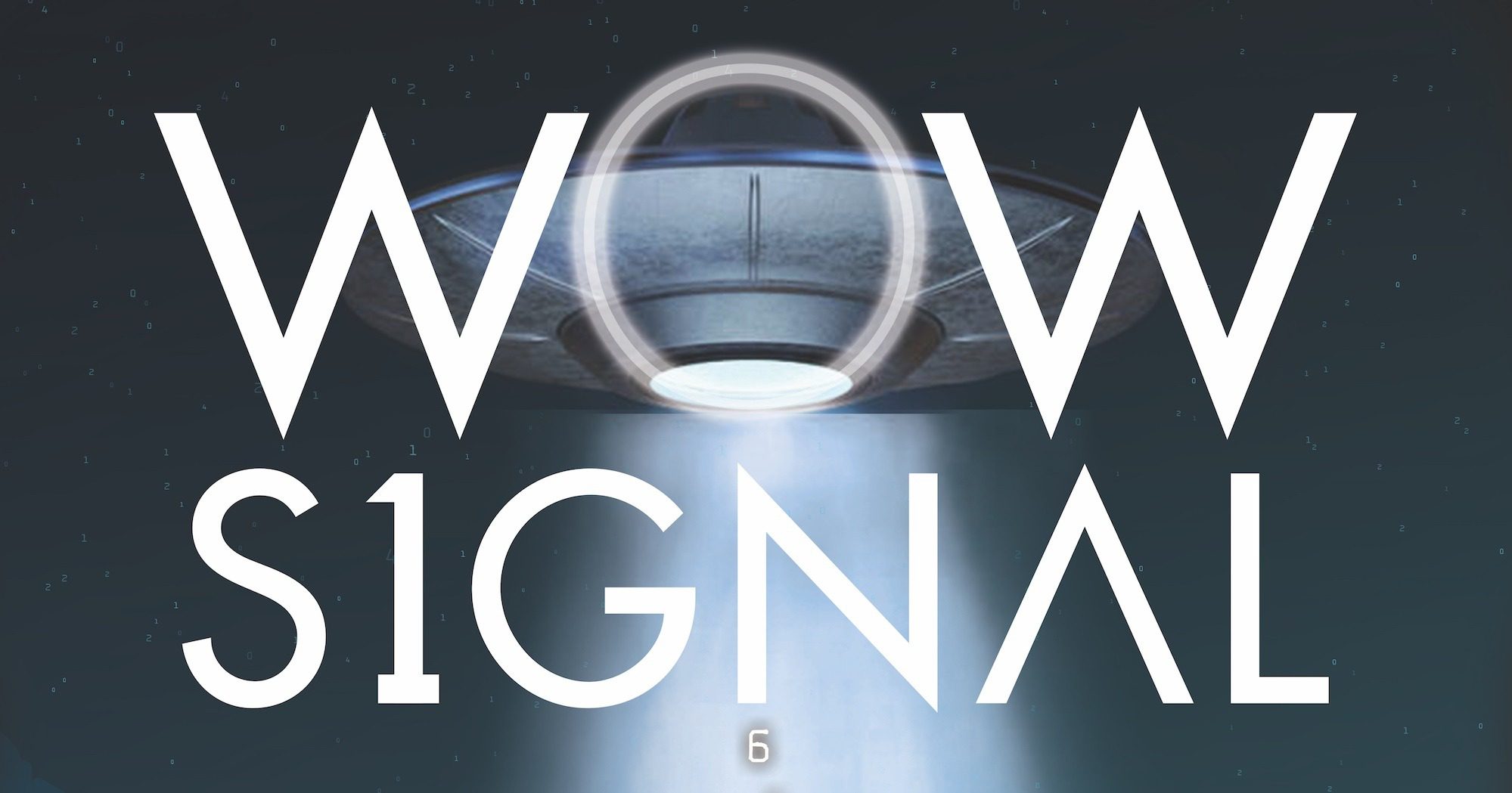

Leakage of the beam around the sides of the vehicle being accelerated would be observable at great range because of the highly directed high power.

The band was set aside to allow radio astronomy of the H 1 line, the hyperfine transition of neutral hydrogen (1.420 GHz), which is of great astronomical interest for imaging atomic hydrogen in interstellar space. The 1.4-1.427 GHz band is protected internationally, meaning, as John Kraus, designer and director at the Big Ear, says in a letter to Carl Sagan, “all emissions are prohibited”. So we don’t know how long the signal lasted, just that it was on as the antenna rotated past.įrequency: The Wow! Signal was at 1.42 GHz. Sources fixed amid the stars should take about 36 seconds to transit the sensitive middle half of the beam, the full-width-half-max. From Gray : “The amount of time it took the Wow! to pass through the antenna’s beam closely matches the expected transit time for celestial sources. Courtesy of Sam Morrell.ĭuration: The Big Ear was fixed in orientation, so rotated with the Earth. The peak is 32 times the signal to noise ratio of the observations. The shape is shown in the Figure.įigure: The Wow! Signal. Power Density: The Wow! signal was very strong, the strongest they ever recorded in the seven-year Ohio State SETI Survey. The Wow! signal has 3 prominent parameters: the power density received, the signal’s duration and its frequency. I propose that this class of radiation, which is not widely understood, can explain the observed features of the Wow! signal. I offer an alternative explanation for it: The Wow! could have been leakage from an interstellar power beam. Its origin and nature remain a total mystery. In 1977 the Big Ear radio telescope (Ohio State University Radio Telescope) recorded the famous Wow! Signal, which is the most serious contender for artificial interstellar radiation. The essay below is a shorter version of the paper Jim has submitted to Astrobiology. A second reception of the Wow! might tell us a great deal, but is such an event likely? So far all repeat observations have failed and, as Benford points out, there may be reason to assume they must.

A plasma physicist and CEO of Microwave Sciences, Benford returns to Centauri Dreams today with a closer look at the signal and its striking characteristics, which admit to a variety of explanations, though only one that the author believes fits all the parameters. The Wow! signal has a storied history in the SETI community, a one-off detection at the Ohio State ‘Big Ear’ observatory in 1977 that Jim Benford, among others, considers the most interesting candidate signal ever received.


 0 kommentar(er)
0 kommentar(er)
